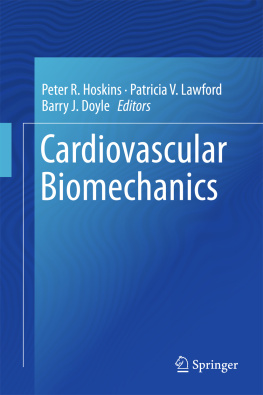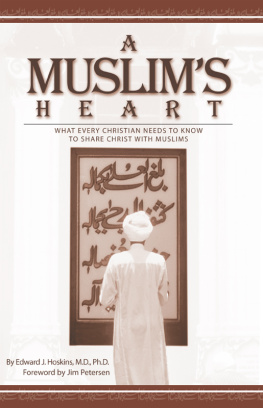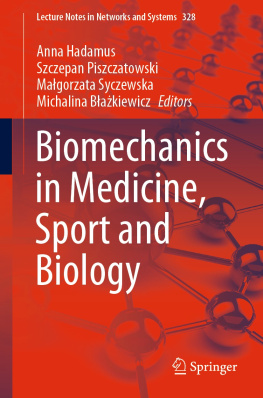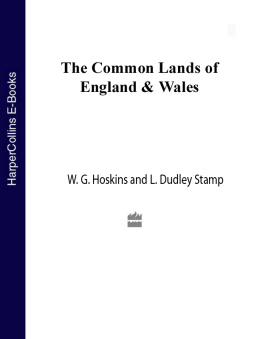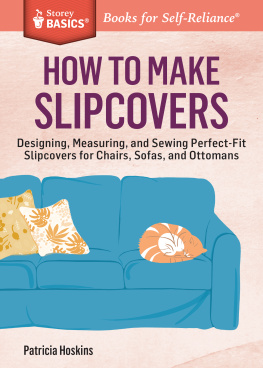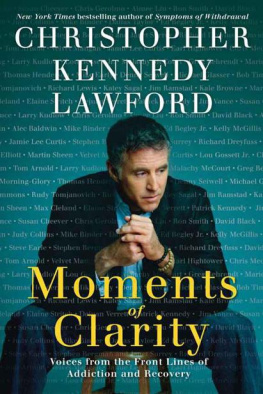Peter R. Hoskins Patricia V. Lawford - Cardiovascular Biomechanics
Here you can read online Peter R. Hoskins Patricia V. Lawford - Cardiovascular Biomechanics full text of the book (entire story) in english for free. Download pdf and epub, get meaning, cover and reviews about this ebook. year: 0, publisher: Springer International Publishing, Cham, genre: Home and family. Description of the work, (preface) as well as reviews are available. Best literature library LitArk.com created for fans of good reading and offers a wide selection of genres:
Romance novel
Science fiction
Adventure
Detective
Science
History
Home and family
Prose
Art
Politics
Computer
Non-fiction
Religion
Business
Children
Humor
Choose a favorite category and find really read worthwhile books. Enjoy immersion in the world of imagination, feel the emotions of the characters or learn something new for yourself, make an fascinating discovery.
- Book:Cardiovascular Biomechanics
- Author:
- Publisher:Springer International Publishing, Cham
- Genre:
- Year:0
- Rating:5 / 5
- Favourites:Add to favourites
- Your mark:
- 100
- 1
- 2
- 3
- 4
- 5
Cardiovascular Biomechanics: summary, description and annotation
We offer to read an annotation, description, summary or preface (depends on what the author of the book "Cardiovascular Biomechanics" wrote himself). If you haven't found the necessary information about the book — write in the comments, we will try to find it.
Cardiovascular Biomechanics — read online for free the complete book (whole text) full work
Below is the text of the book, divided by pages. System saving the place of the last page read, allows you to conveniently read the book "Cardiovascular Biomechanics" online for free, without having to search again every time where you left off. Put a bookmark, and you can go to the page where you finished reading at any time.
Font size:
Interval:
Bookmark:
- Explain the difference between a solid and a fluid.
- Describe features of stressstrain behaviour of a solid measured using a tensile testing system.
- Explain stressstrain behaviour of biological and non-biological materials in terms of their composition.
- Define Youngs modulus.
- Describe the measurement of Youngs modulus using a tensile testing system.
- Discuss values of Youngs modulus for non-biological and biological materials.
- Define Poisson ratio and discuss values for different materials.
- Describe viscoelasticity, its effect on stressstrain behaviour, and models of viscoelasticity.
- Discuss linear elastic theory and its applicability to biological tissues.
- Define hydrostatic pressure and values in the human.
- Define viscosity in terms of shear stress and shear rate.
- Describe different viscous behaviours.
- Describe measurement of viscosity.
- Describe typical measures of viscosity for different fluids.
- Discuss Poiseuille flow: pressure-flow relationships for flow of Newtonian fluid through a cylinder.
- Discuss Reynolds number and flow states.
- Discuss pressure-flow relationships in unsteady flow in cylindrical tubes.
- Discuss energy considerations in flow including the Bernoulli equation.
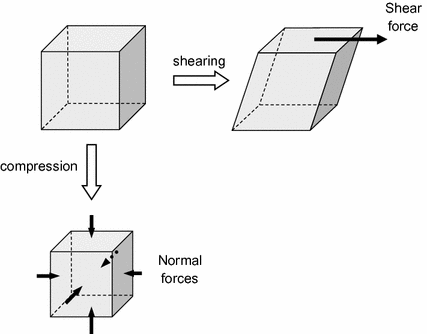
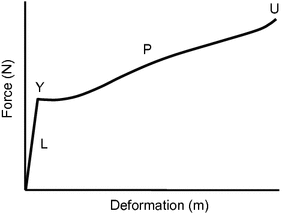
Font size:
Interval:
Bookmark:
Similar books «Cardiovascular Biomechanics»
Look at similar books to Cardiovascular Biomechanics. We have selected literature similar in name and meaning in the hope of providing readers with more options to find new, interesting, not yet read works.
Discussion, reviews of the book Cardiovascular Biomechanics and just readers' own opinions. Leave your comments, write what you think about the work, its meaning or the main characters. Specify what exactly you liked and what you didn't like, and why you think so.

